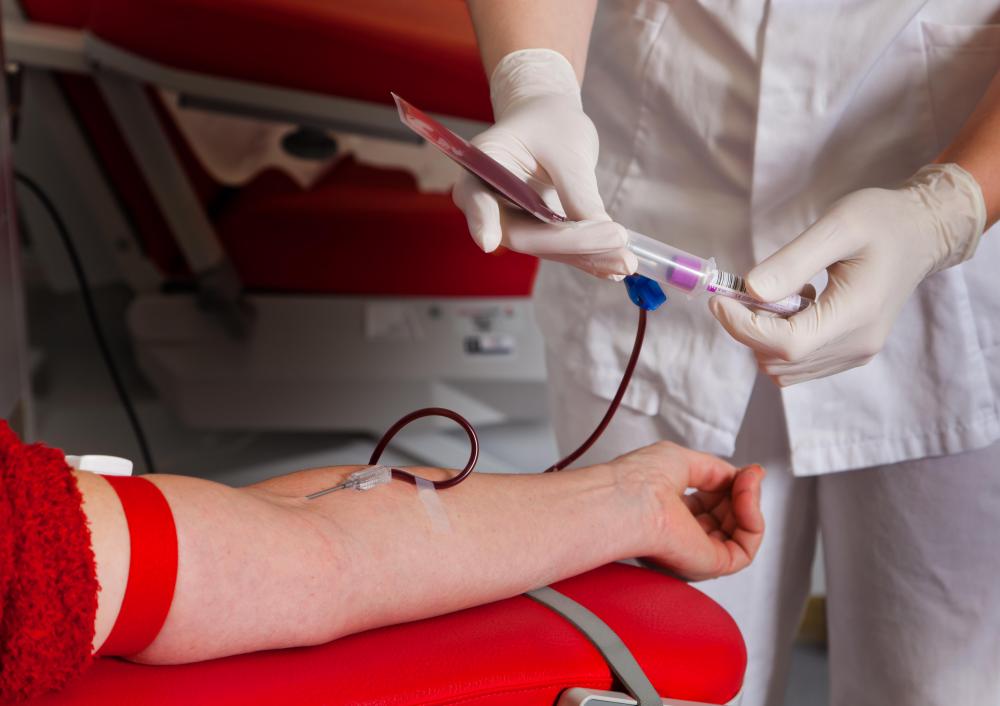At WiseGEEK, we're committed to delivering accurate, trustworthy information. Our expert-authored content is rigorously fact-checked and sourced from credible authorities. Discover how we uphold the highest standards in providing you with reliable knowledge.
What is a Chlamydia Swab?
A chlamydia swab is a procedure in which fluid or cell samples from the cervix of the woman, and samples of discharges from the penis of a man, are taken. These samples are then processed in the laboratory for identification of the organism causing the disease. Chlamydia is one of the most common sexually transmitted diseases (STDs) and is caused by the bacteria Chlamydia trachomatis. The infection often presents with no symptoms, but if symptoms appear, they may include abnormal discharges from the vagina or penis, and a burning urination sensation. Physicians usually take a chlamydia swab from individuals with these symptoms or those suspected of having the infection.
Men are frequently advised not to urinate for at least two hours before the procedure. Women are also informed not to use vaginal creams or douches a day before the test. In women, the chlamydia swab procedure is similar a Pap smear. The physician usually examines the genital area and opens up the vaginal canal using an instrument called a speculum to visualize the cervix. He then takes a small brush or a cotton swab to gather samples from the area.

Infection with chlamydia may also affect the throat and rectum of individuals who participated in oral and anal sex, respectively, with an infected partner. A chlamydia swab sample may also be collected from these body parts. The procedure does not generally involve any risks, although a mild discomfort may sometimes be felt.
A urine sample can also be used to identify the infection. In the laboratory, either the urine sample or the chlamydia swab is used in several other tests to detect Chlamydia trachomatis. A culture may be done, in which the bacteria can be grown in a special container with nutrients. Results, however, usually take about five to seven days to develop. For faster results, tests such as direct fluorescent antibody (DFA) test and enzyme-linked immunosorbent assay (EIA) may be done.

There are several other reasons a chlamydia swab may be performed. Doctors sometimes test individuals who are victims of sexual abuse and screen pregnant women for the infection, as the eyes of the baby can become infected while passing through the birth canal during delivery. Testing is also recommended for women diagnosed with pelvic inflammatory disease. The sexual partners of those diagnosed with chlamydia are also advised to have a chlamydia swab taken for detection and treatment, as well as for prevention of re-infection.
AS FEATURED ON:
AS FEATURED ON:


















Discussion Comments
Nowadays, the much more common method to test for Chlamydia trachomatis is via a PCR test that detects presence of CT DNA in a swab or urine sample. PCR tests are generally extremely sensitive and only require a few hours before the result is available.
Post your comments